Slovakia's Historic Attractions & Landmarks
Explore centuries of architectural heritage, from medieval castles to UNESCO World Heritage sites that tell the story of Slovakia's rich past.
UNESCO World Heritage Sites
Slovakia is home to several sites recognized by UNESCO for their outstanding universal value to humanity.
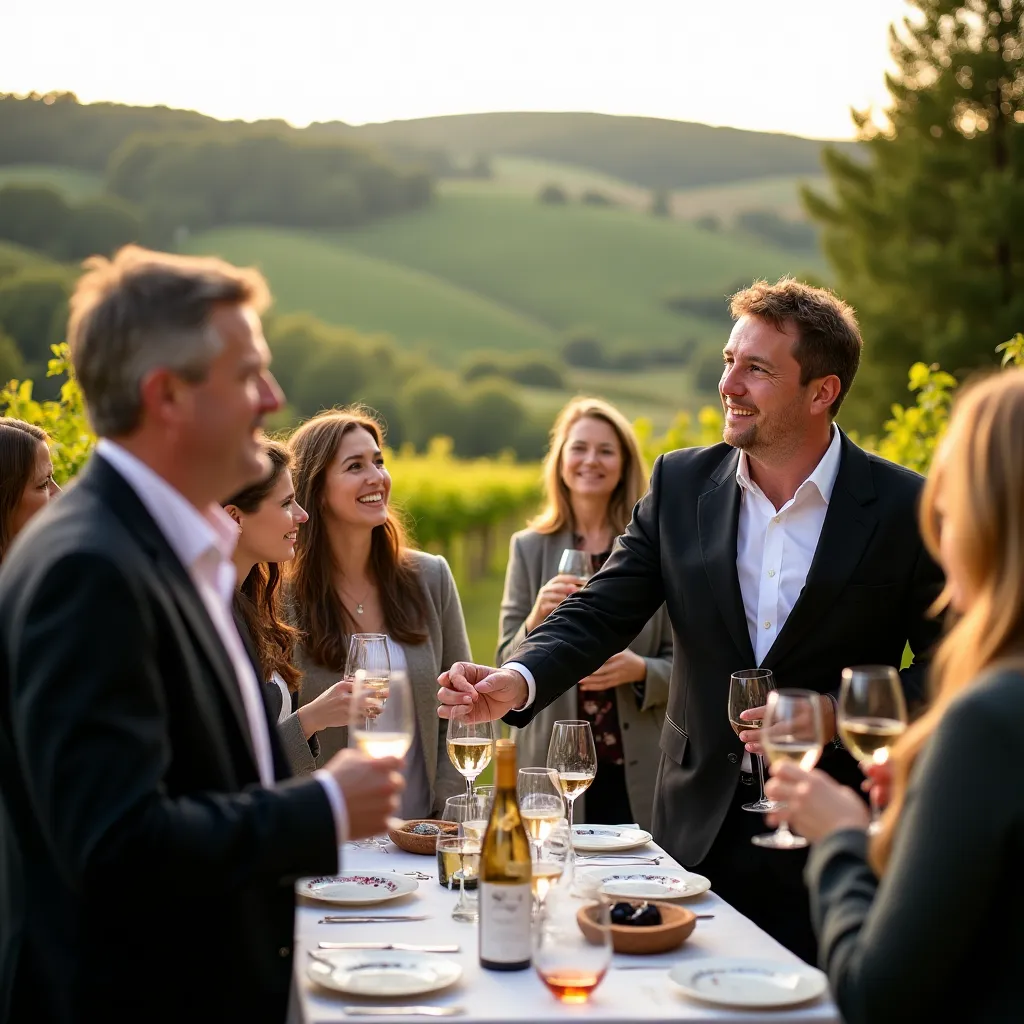
Spiš Castle and Associated Cultural Monuments
The largest castle complex in Europe, Spiš Castle dates from the 12th century and covers over 4 hectares. This remarkable fortress includes the castle itself, the town of Spišské Podhradie, and the spiritual monument of Spišská Kapitula with its Romanesque cathedral.
"The Spiš Castle complex represents one of the most extensive collections of 13th and 14th-century military, political and religious buildings in Europe."
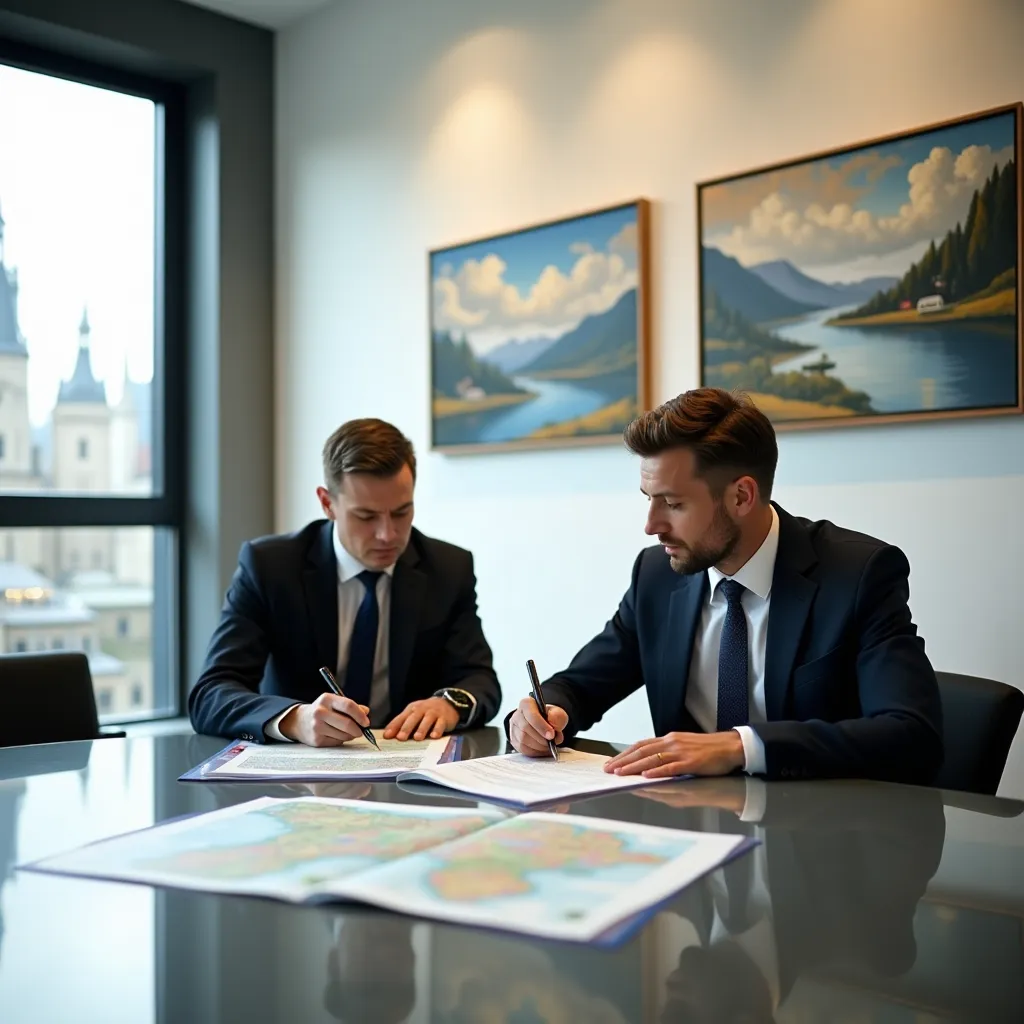
Vlkolínec Folk Village
A perfectly preserved example of traditional Central European village architecture. This collection of 45 buildings showcases rural life from the 19th century, with log houses featuring traditional decorative elements and historical farming techniques.
- 45 original wooden buildings
- Traditional farming equipment displays
- Folk architecture museum
- Guided tours available year-round
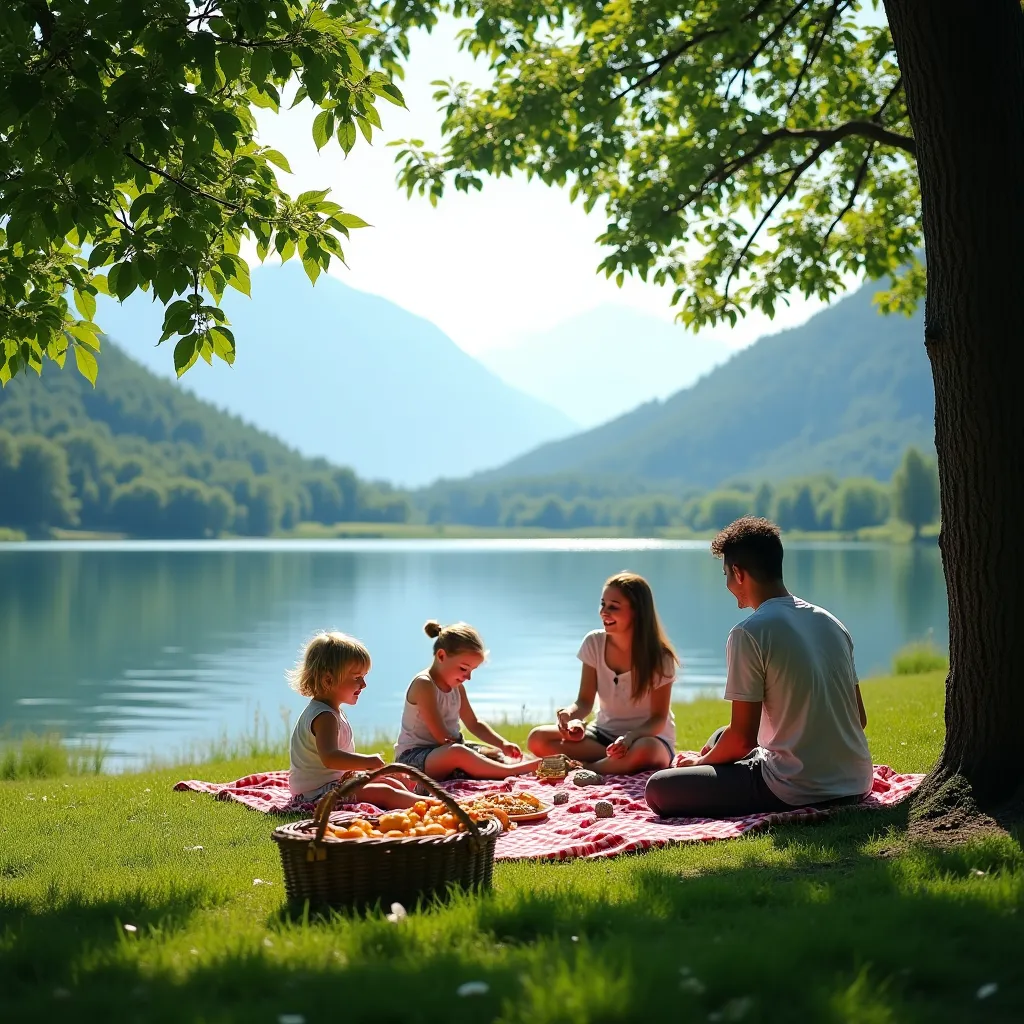
Historic Town of Bardejov
This remarkably well-preserved medieval town features a complete urban ensemble from the late medieval period. The town center contains Gothic and Renaissance buildings surrounding a central square dominated by the magnificent St. Aegidius Church.
Notable features: 13th-century town fortifications, Gothic basilica with original altarpieces, Renaissance burgher houses, and medieval street layout.
Medieval Castles & Fortresses
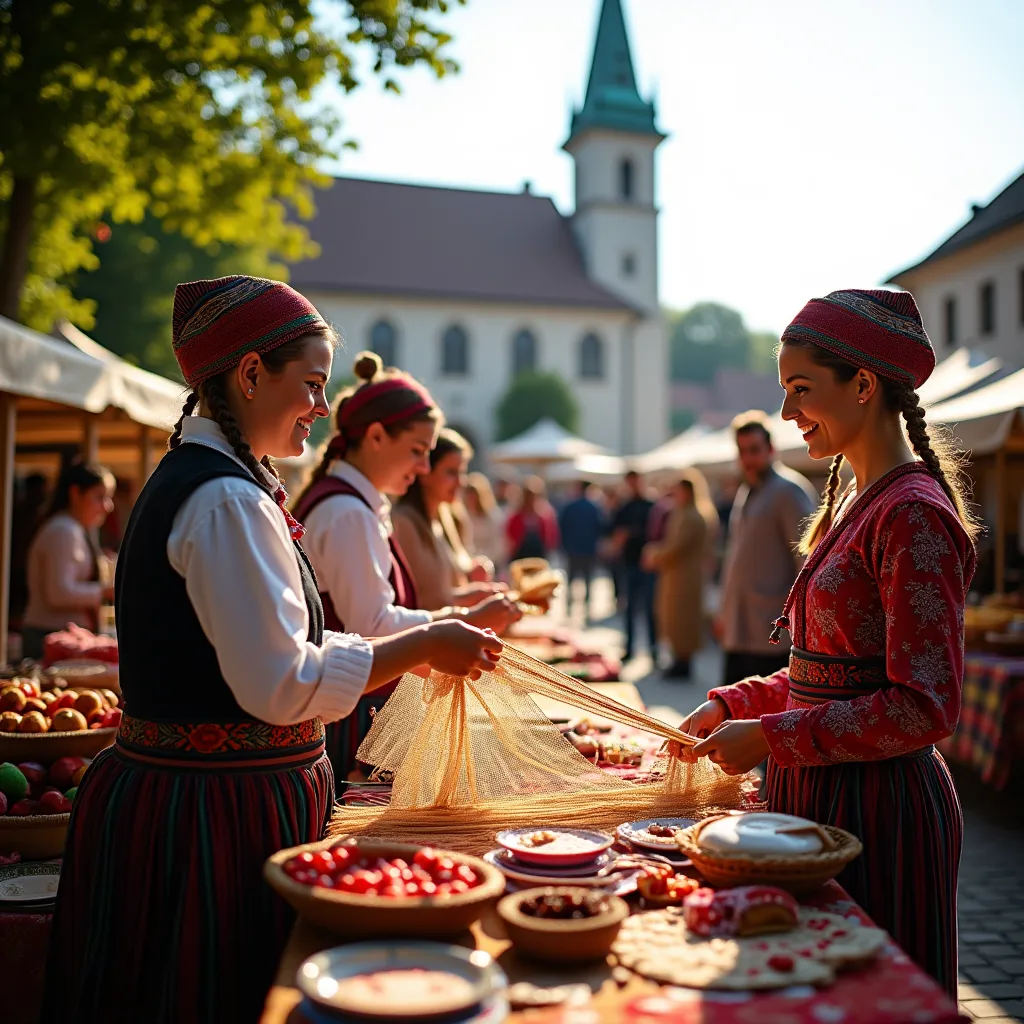
Bojnice Castle
Slovakia's most visited castle, rebuilt in the 19th century in romantic style. Originally a medieval stone castle from the 12th century, it was transformed into a romantic château inspired by French Loire Valley castles. The castle hosts medieval festivals and serves as a museum of decorative arts.
Visitor highlights: Medieval festivals in summer, ghost tours, extensive art collections, and beautiful castle gardens.
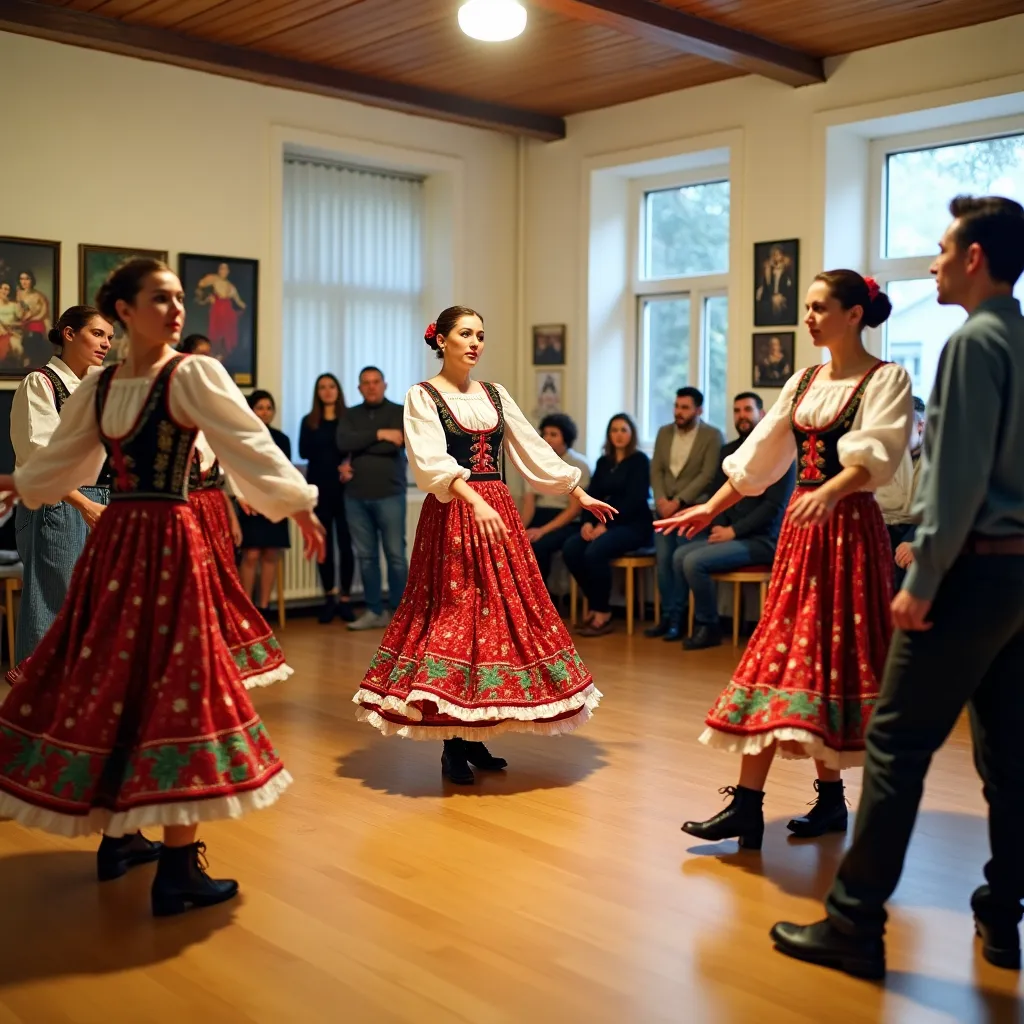
Orava Castle
Perched dramatically on a rocky cliff above the Orava River, this 13th-century castle complex features multiple levels built over several centuries. The castle offers panoramic views of the surrounding countryside and houses museums dedicated to regional history and nature.
Notable features: Multi-level construction adapted to cliff face, medieval torture chamber exhibition, ethnographic museum, and seasonal cultural events.
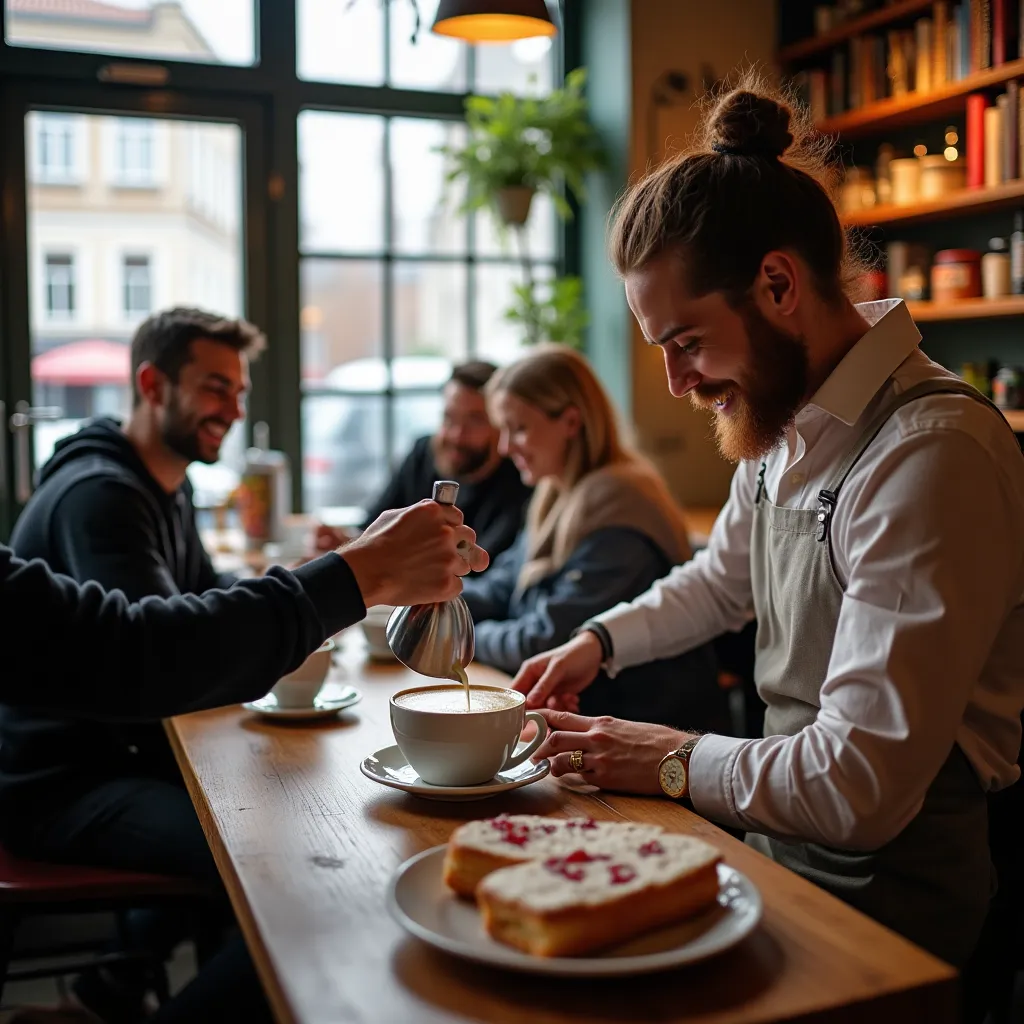
Trenčín Castle
This hilltop fortress has guarded the Váh River valley since the 11th century. The castle complex includes the famous Matúš Tower, royal palace ruins, and exhibitions on medieval warfare. Archaeological findings suggest Roman presence at this strategic location.
Historical significance: Roman inscription from 179 AD, medieval royal residence, and strategic military fortification controlling trade routes.
Religious and Spiritual Heritage
Slovakia's religious architecture reflects centuries of faith and artistic achievement across various Christian denominations.
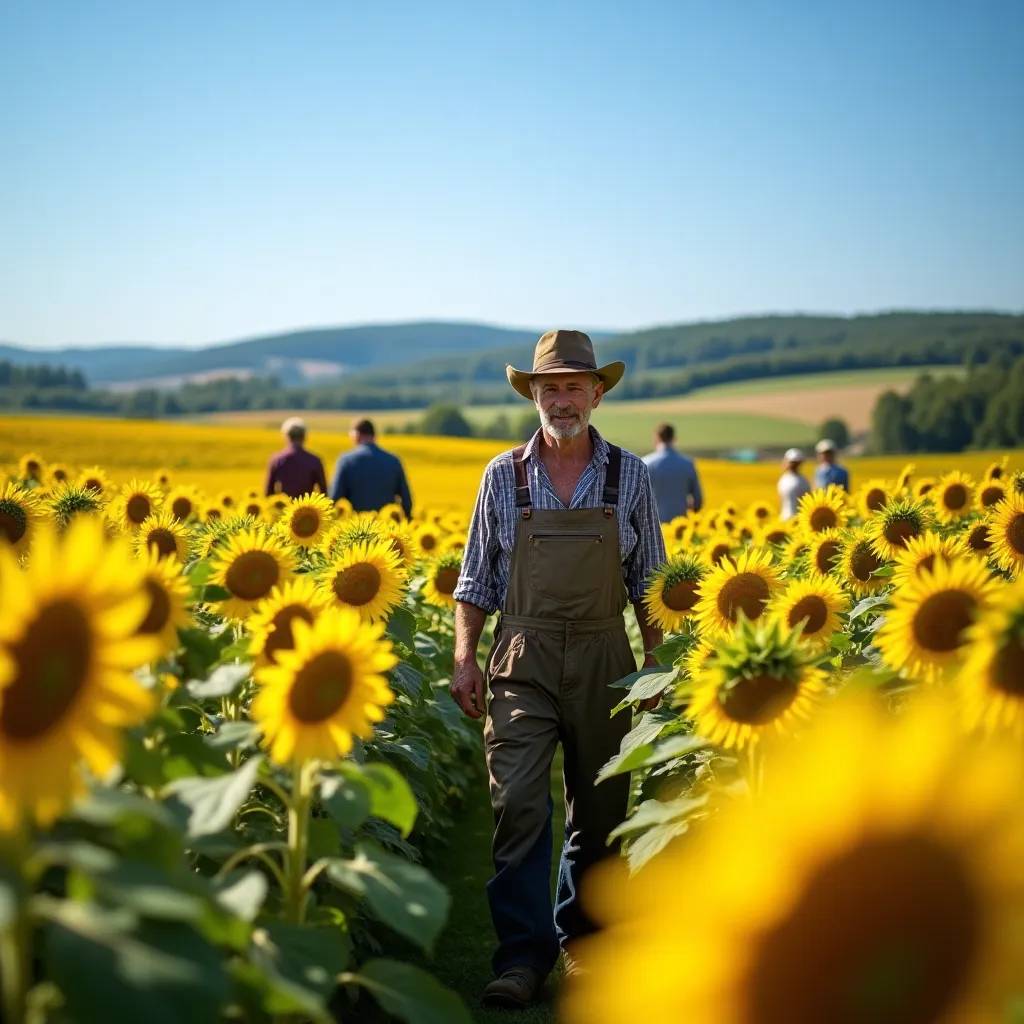
Wooden Churches of Eastern Slovakia
Eight wooden churches from the 16th-18th centuries represent unique examples of religious folk architecture. These churches demonstrate exceptional carpentry skills and serve as examples of Eastern Christian ecclesiastical architecture adapted to local conditions.
- Churches in Bodružal, Hronsek, Kežmarok
- Traditional carpentry techniques
- Byzantine and Latin rite traditions
- Original interior decorations preserved
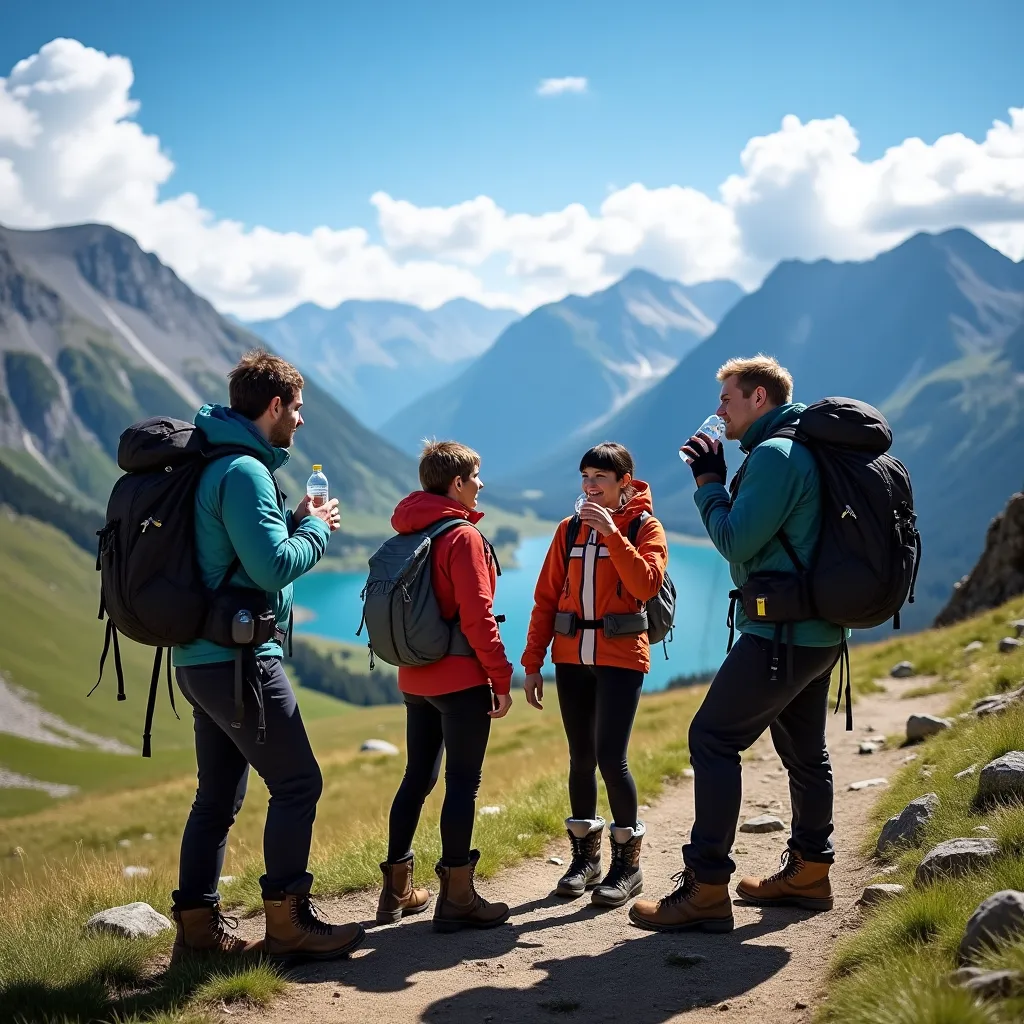
St. Elizabeth Cathedral, Košice
The largest church in Slovakia and easternmost Gothic cathedral in Europe. Construction began in the 14th century, creating a magnificent example of Gothic architecture with impressive stone vaulting, medieval altarpieces, and the tomb of Prince Francis II Rákóczi.
Architectural highlights: 72-meter high tower, Gothic stone carvings, 15th-century altar of St. Elizabeth, and underground crypt tours.
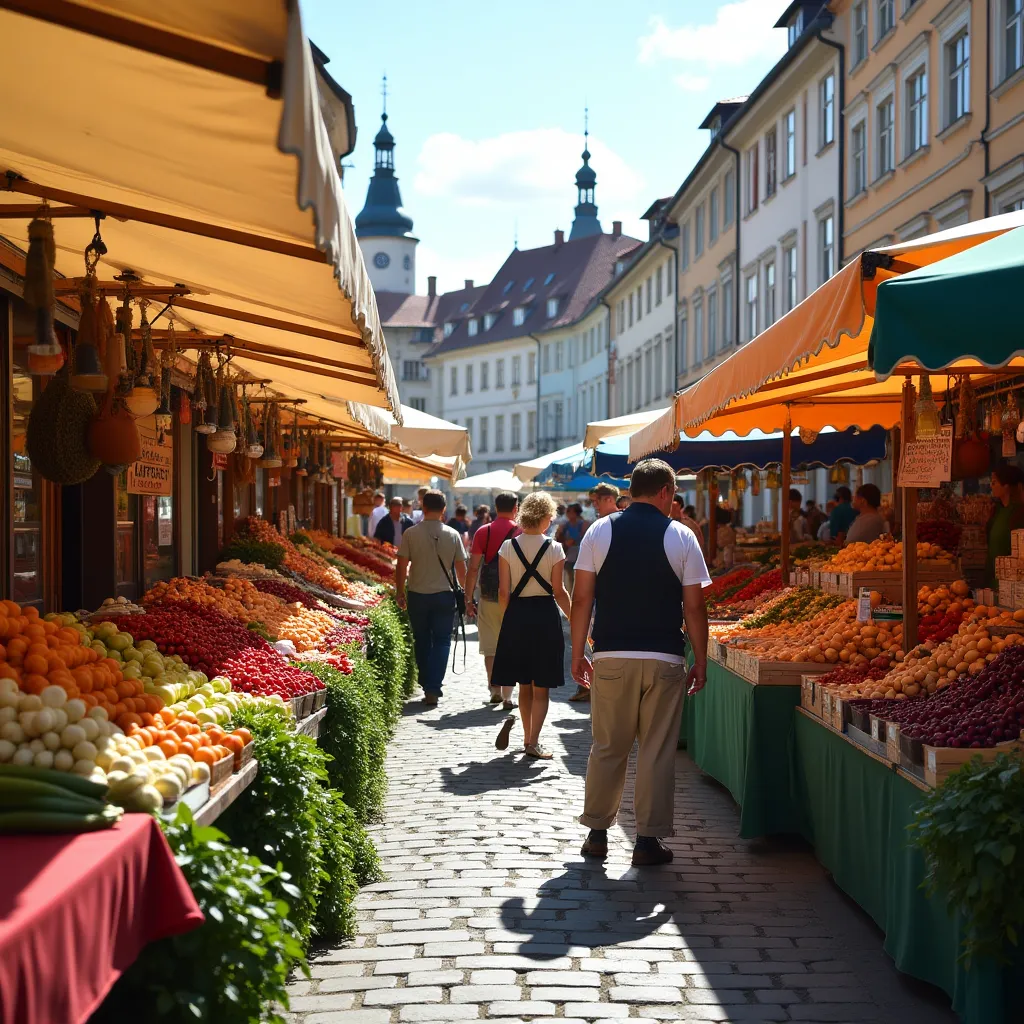
Spišská Kapitula
A remarkable ecclesiastical complex featuring the Romanesque Cathedral of St. Martin from the 13th century. This spiritual center served as the seat of the Spiš bishopric and contains precious medieval frescoes, Gothic altarpieces, and historic library collections.
Cultural treasures: Medieval manuscripts, Romanesque stone carvings, Gothic winged altars, and historical episcopal palace.
Natural Landmarks & Protected Areas
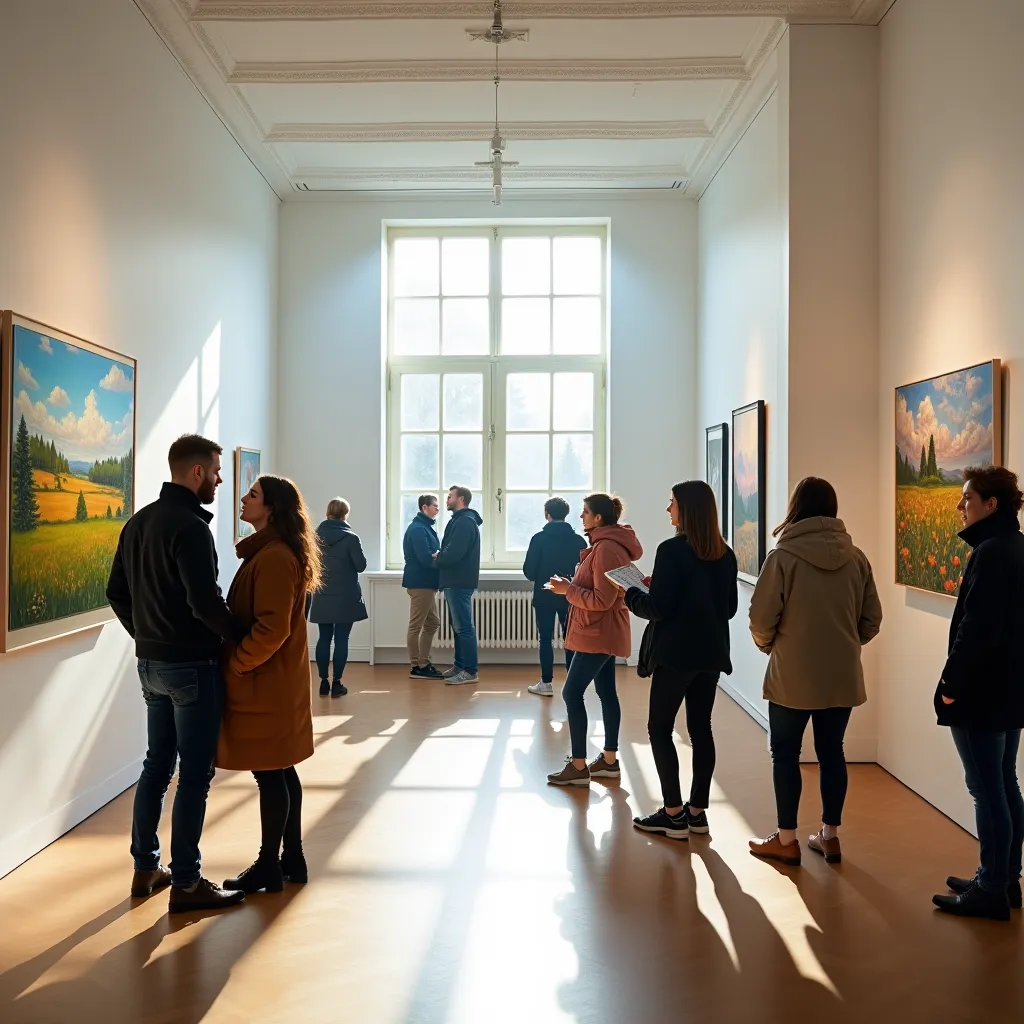
High Tatras National Park
Slovakia's premier mountain destination features the country's highest peaks, pristine alpine lakes, and traditional mountain huts. The park preserves unique high-altitude ecosystems and offers extensive hiking trails through spectacular mountain scenery.
Natural highlights: Gerlachovský štít (2,655m peak), Štrbské pleso lake, traditional shepherd culture, and endemic plant species.
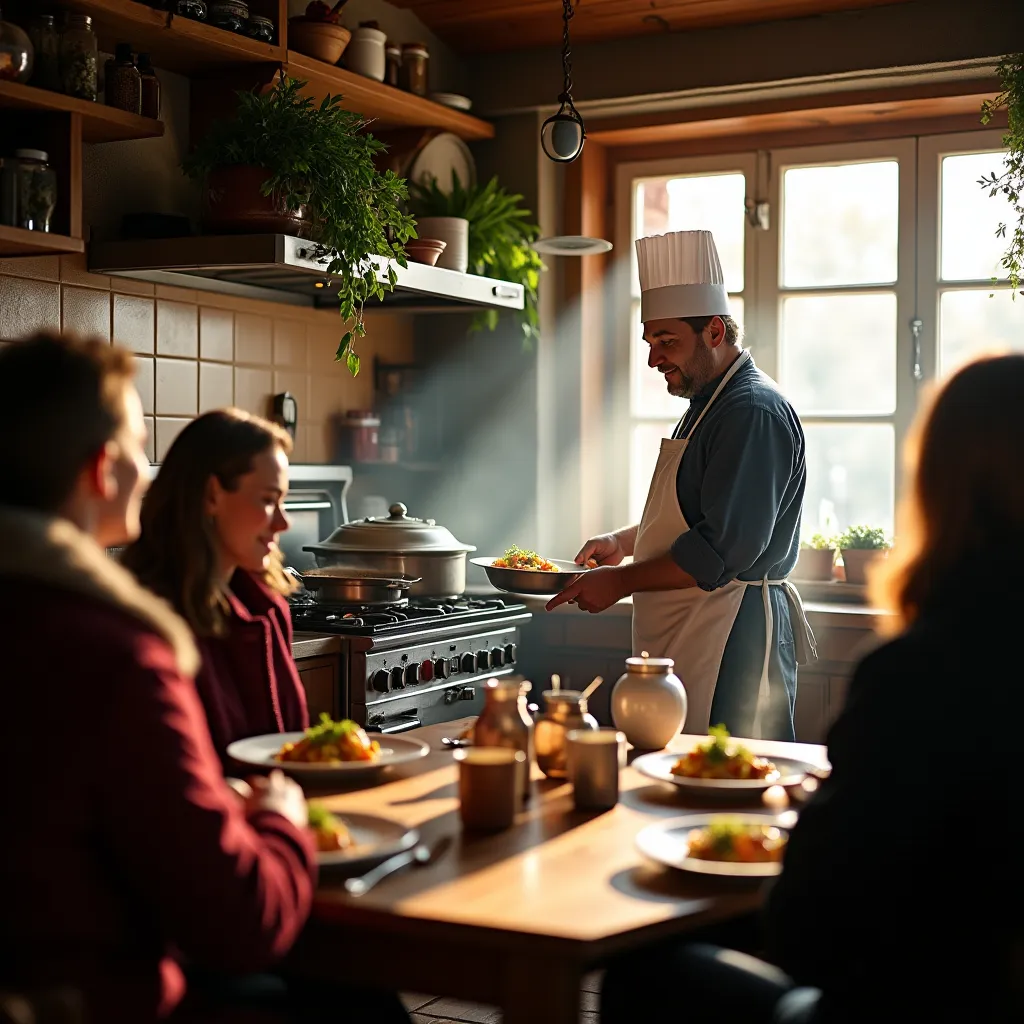
Slovak Karst & Aggtelek Caves
This transboundary UNESCO site contains over 700 caves formed in limestone bedrock. The cave systems showcase exceptional geological formations, underground rivers, and unique ecosystems adapted to cave environments.
- Domica Cave - underground river tours
- Ochtinská Aragonite Cave - rare mineral formations
- Traditional ice cellars and sinkholes
- Protected karst plateau landscapes
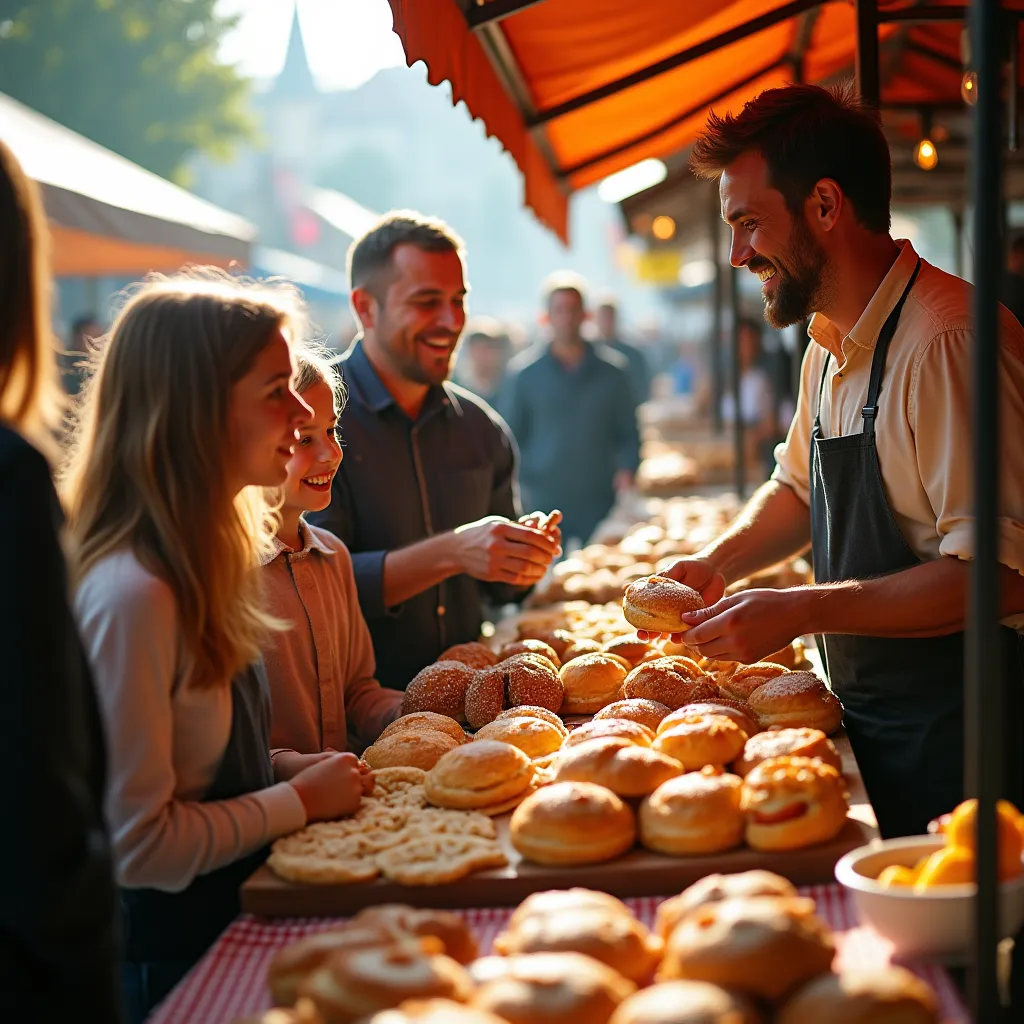
Slovak Paradise National Park
Famous for its unique hiking trails featuring iron ladders, chains, and walkways through dramatic gorges and waterfalls. This park offers adventure hiking experiences while protecting valuable forest ecosystems and geological formations.
Adventure features: Suchá Belá gorge trail, Prielom Hornádu canyon, over 100 waterfalls, and technical climbing routes for experienced hikers.
Historic Towns & City Centers
Bratislava Old Town
Slovakia's capital features a charming medieval center with the imposing Bratislava Castle overlooking the Danube River. The old town contains Gothic, Renaissance, and Baroque architecture alongside modern diplomatic and cultural institutions.
Banská Bystrica
A historic mining town with a well-preserved medieval center. The main square features burgher houses, the Gothic Church of the Assumption, and monuments to Slovakia's mining heritage and wartime resistance.
Levoča
This medieval town houses the tallest wooden Gothic altar in the world, created by Master Paul of Levoča. The town's Renaissance and Gothic architecture reflects its importance as a medieval trade center.
Kremnica
Known as the "Golden City," Kremnica has been minting coins since 1328. The town features medieval fortifications, Gothic churches, and the oldest continuously operating mint in the world.
Planning Your Visits
Best Times to Visit
- Spring (April-May): Mild weather ideal for castle visits and city exploration
- Summer (June-August): Peak season with longest days and warmest weather
- Fall (September-October): Comfortable temperatures and beautiful autumn colors
- Winter (November-March): Fewer crowds, atmospheric castle visits, possible snow
Transportation Tips
Many attractions are accessible by regional bus services from major cities. Renting a car provides maximum flexibility for visiting multiple sites. Some mountain destinations require hiking or cable car access.
Visitor Practical Information
- Most castles charge admission fees ranging from €3-8
- Guided tours often available in Slovak, English, and German
- Photography permitted in most locations (check restrictions)
- Wear comfortable walking shoes for castle visits
- Check seasonal opening hours before visiting
Cultural Sensitivity
Religious sites may require modest dress and respectful behavior. Photography inside churches may be restricted. Some locations offer special cultural programs and medieval festivals during summer months.